Remarkable Underground City Of Nushabad: A Masterpiece Of Ancient Architecture
A. Sutherland - AncientPages.com - The underground city of Nushabad, known as Ouyi to locals is located 8 km north of Kashan in Esfahan province, central Iran. It's a truly fascinating ancient place.
Nushabad underground city is considered to be one of the most remarkable underground cities in the world and a masterpiece of ancient architecture.
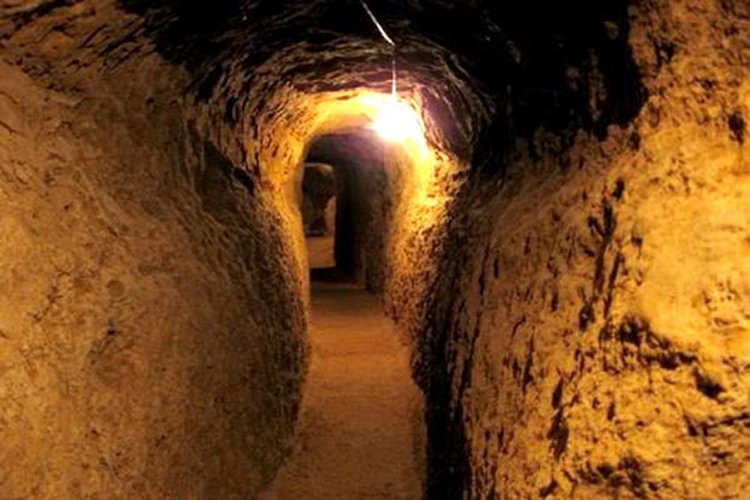
People could live in underground passages and room for several days without the need of going outside. Photo credits: Iran Front Page
There is also a reason why the city is called Nushabad ("city of cold tasty water"). In ancient times, one of the Sassanian kings was passing through the area and stopped to drink water from a well. As this water extremely clear and cold, the ordered to build a city around the well and name it Anoushabad which eventually became known as Nushabad.
Historical evidence indicates that Nushabad was mainly used as a shelter by people during the Mongol invasion in Iran in the 13th century and remained in use in emergency cases until the late Qajar dynastic period (1787-1921).
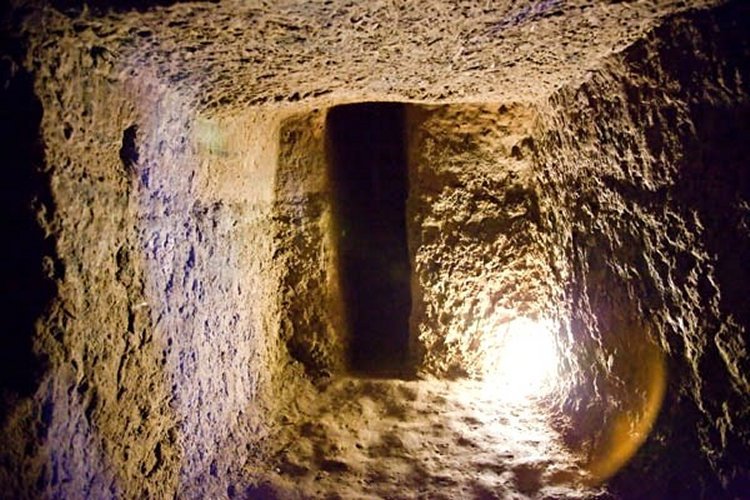
The three levels in this underground city were cleverly planned in a way that going to the different levels required moving from down to up. Photo credits: Iran Front Page
Some years ago, archaeologists made several interesting discoveries in the underground city of Nushabad. The excavations resulted in the discovery of large numbers of historic evidence including earthenware vessels and stone instruments dated to Sassanid (224-651 CE), Ilkhanid (1256-1336), and Safavid (1501-1736) dynastic periods.
They also found intricate canals, a number of chambers with different plans constructed in different stories, staircases, wells, and the path of aqueducts inside the city. It soon became obvious that different levels of this city were connected to each other through vertical and horizontal canals.
There are also some big stones similar to millstones next to every canal which were closed down while people were hiding in the lower stories.
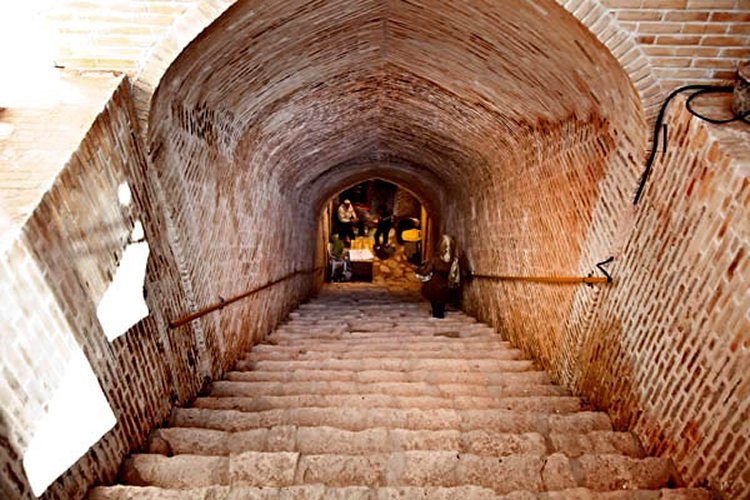
The three levels in this underground city were cleverly planned in a way that going to the different levels required moving from down to up. Photo credits: Iran Front Page
Excavations of Noushabad revealed that the ventilation system used in the underground city, through devising canals made it possible for the refugees to breathe even at a depth of 20 meters below the ground. The underground city was a perfect shelter for all people in need.
The depth of this underground city varies from 4 to 18 meters and the different spaces formed by carving the rocks seem a little frightening.
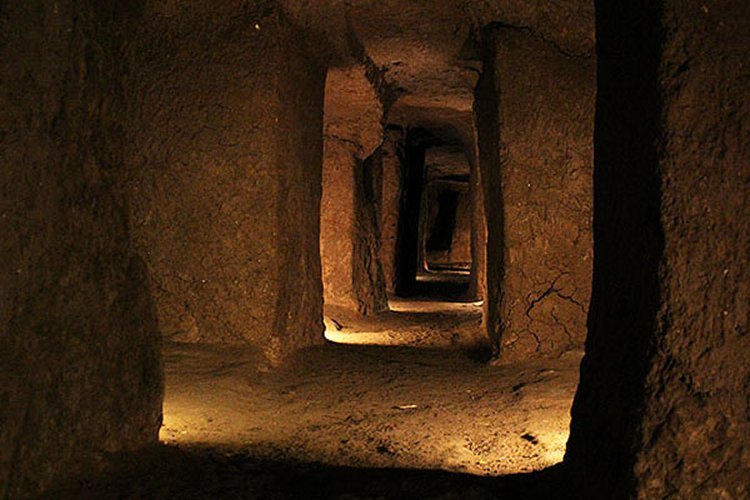
Ventilation system used in the underground city through devising canals made it possible for the refugees to breathe even at a depth of 20 meters below the ground. Photo credits: Iran Front Page
In order to reach the underground city, there were several different openings. Some of these openings were located inside the houses of people while others were located in important gathering places such as the main fort just outside the city.
People could live in underground passages and room for several days without the need of going outside. The three levels of the city were cleverly planned in a way that going to the different levels required moving from down to up.
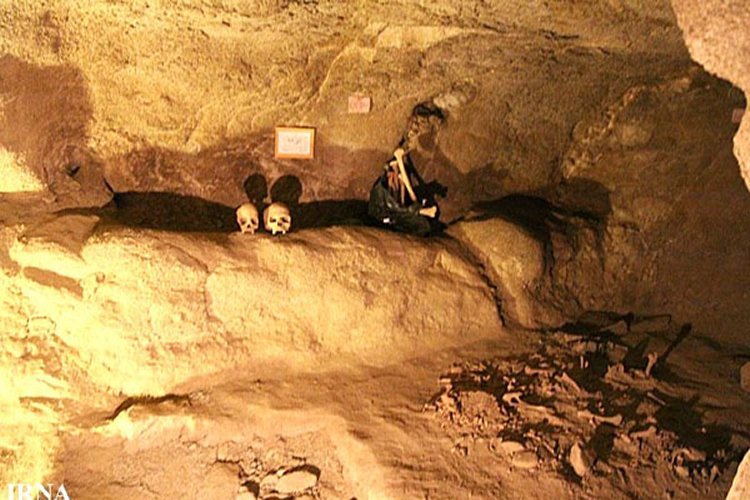
The special usage of this underground city as a place where people could take shelter defined its architectural plan. Credits: Iran Front Page
This made it easier for the people sheltering in the underground city to prevent enemies from getting to the upper levels. Another interesting feature of their architecture was the curvy passages that made it possible for the inhabitants to ambush enemies.
Except for the main entrance, all the other parts of the city were about 170-180 centimeters in height to let people pass without any problem and several raised platforms were created in some walls for the people to sit.
Digging of deep holes in the middle of the rooms and covering them with rotating stones that would fall down if anyone stepped on them, was one of several tricks used to resist enemies and protect people in the underground city.
Written by – A. Sutherland AncientPages.com Staff Writer
Copyright © AncientPages.com All rights reserved. This material may not be published, broadcast, rewritten or redistributed in whole or part without the express written permission of AncientPages.com
Expand for referencesMore From Ancient Pages
-
 Eclipse Was A Bad Omen, A Sign Of Gloom And Doom In Ancient Peoples’ Beliefs
Featured Stories | Sep 25, 2015
Eclipse Was A Bad Omen, A Sign Of Gloom And Doom In Ancient Peoples’ Beliefs
Featured Stories | Sep 25, 2015 -
 Seven New Ancient Buddhist Caves – One With ‘A Harmika’ – Discovered In Mumbai
News | Jan 19, 2016
Seven New Ancient Buddhist Caves – One With ‘A Harmika’ – Discovered In Mumbai
News | Jan 19, 2016 -
 History Of Santa Claus And Modern Christmas Traditions – How It All Began
Featured Stories | Dec 26, 2024
History Of Santa Claus And Modern Christmas Traditions – How It All Began
Featured Stories | Dec 26, 2024 -
 Cave Of The Stone Sepulcher – ‘Actun Tunichil Muknal’ And Its Dark History
Featured Stories | Mar 22, 2019
Cave Of The Stone Sepulcher – ‘Actun Tunichil Muknal’ And Its Dark History
Featured Stories | Mar 22, 2019 -
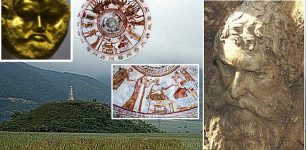 Remarkable Thracian Tomb In Huge Mound Necropolis Of Kazanlak, Bulgaria
Featured Stories | May 13, 2024
Remarkable Thracian Tomb In Huge Mound Necropolis Of Kazanlak, Bulgaria
Featured Stories | May 13, 2024 -
 Huangluo: Long-Hair Village Where Women Don’t Cut Their Hair – A 2,000-Year-Old Tradition Of The Yao People
Ancient Traditions And Customs | Jun 18, 2017
Huangluo: Long-Hair Village Where Women Don’t Cut Their Hair – A 2,000-Year-Old Tradition Of The Yao People
Ancient Traditions And Customs | Jun 18, 2017 -
 Karahunge – ‘Speaking Stones’ With Secrets – Remarkable Prehistoric Structures Of Armenia
Places | Jun 4, 2020
Karahunge – ‘Speaking Stones’ With Secrets – Remarkable Prehistoric Structures Of Armenia
Places | Jun 4, 2020 -
 What A Bath, Taken 1,000 Years Ago, Can Tell Us About The Conflicted English Kingdom Of The 11th Century
Featured Stories | Jun 14, 2024
What A Bath, Taken 1,000 Years Ago, Can Tell Us About The Conflicted English Kingdom Of The 11th Century
Featured Stories | Jun 14, 2024 -
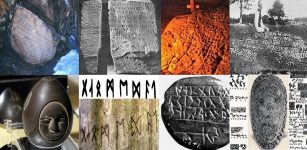 10 Mysterious Ancient Stones In North America That Could Re-Write History
Civilizations | May 25, 2020
10 Mysterious Ancient Stones In North America That Could Re-Write History
Civilizations | May 25, 2020 -
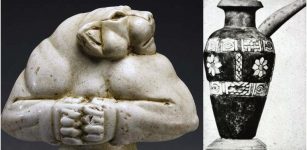 Mesopotamian City Jemdet Nasr Dated To 3100–2900 BC: Sophisticated Irrigation Techniques And Earliest Cylinder Seals
Featured Stories | Dec 18, 2016
Mesopotamian City Jemdet Nasr Dated To 3100–2900 BC: Sophisticated Irrigation Techniques And Earliest Cylinder Seals
Featured Stories | Dec 18, 2016 -
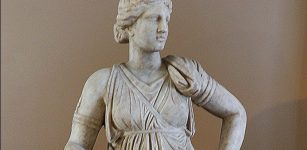 Goddess Artemis – One Of The Most Respected Olympians
Featured Stories | Oct 1, 2016
Goddess Artemis – One Of The Most Respected Olympians
Featured Stories | Oct 1, 2016 -
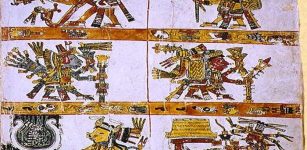 Codex Borgia: Pre-Columbian Mexican Manuscript Of Great Importance
Ancient Traditions And Customs | Sep 7, 2016
Codex Borgia: Pre-Columbian Mexican Manuscript Of Great Importance
Ancient Traditions And Customs | Sep 7, 2016 -
 Stonehenge Is Older Than Mankind – Archaeologist Suggests
Archaeology | Apr 12, 2018
Stonehenge Is Older Than Mankind – Archaeologist Suggests
Archaeology | Apr 12, 2018 -
 Puzzling Connection Between Native Americans And Lost Northern European Race Could Re-Write History
Ancient Mysteries | Apr 14, 2018
Puzzling Connection Between Native Americans And Lost Northern European Race Could Re-Write History
Ancient Mysteries | Apr 14, 2018 -
 Knights Templar – Strict Rules For Clothing And Eating Habits
Featured Stories | Jan 2, 2018
Knights Templar – Strict Rules For Clothing And Eating Habits
Featured Stories | Jan 2, 2018 -
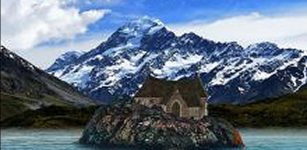 Mystery Of Saint Brendan’s Island – Glimpses From An Alternate Reality, Fata Morgana Or A Submerged Land?
Featured Stories | May 6, 2023
Mystery Of Saint Brendan’s Island – Glimpses From An Alternate Reality, Fata Morgana Or A Submerged Land?
Featured Stories | May 6, 2023 -
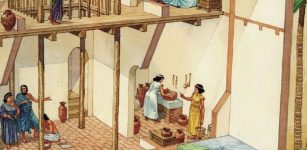 What Did Houses For Ordinary People In Sumer Look Like?
Ancient History Facts | Jul 30, 2017
What Did Houses For Ordinary People In Sumer Look Like?
Ancient History Facts | Jul 30, 2017 -
 Mysterious Magical Healing Gift Of The Whisperers – Meet The Enigmatic Szeptunka
Featured Stories | Feb 10, 2025
Mysterious Magical Healing Gift Of The Whisperers – Meet The Enigmatic Szeptunka
Featured Stories | Feb 10, 2025 -
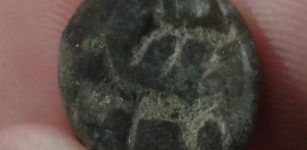 Rare 3,000-Year-Old Seal From The Time Of King David Discovered
Artifacts | Sep 28, 2015
Rare 3,000-Year-Old Seal From The Time Of King David Discovered
Artifacts | Sep 28, 2015 -
 Legend Of The Candle Dragon That Could Lighten The Darkest Gate Of Heaven
Chinese Mythology | Jan 15, 2016
Legend Of The Candle Dragon That Could Lighten The Darkest Gate Of Heaven
Chinese Mythology | Jan 15, 2016
